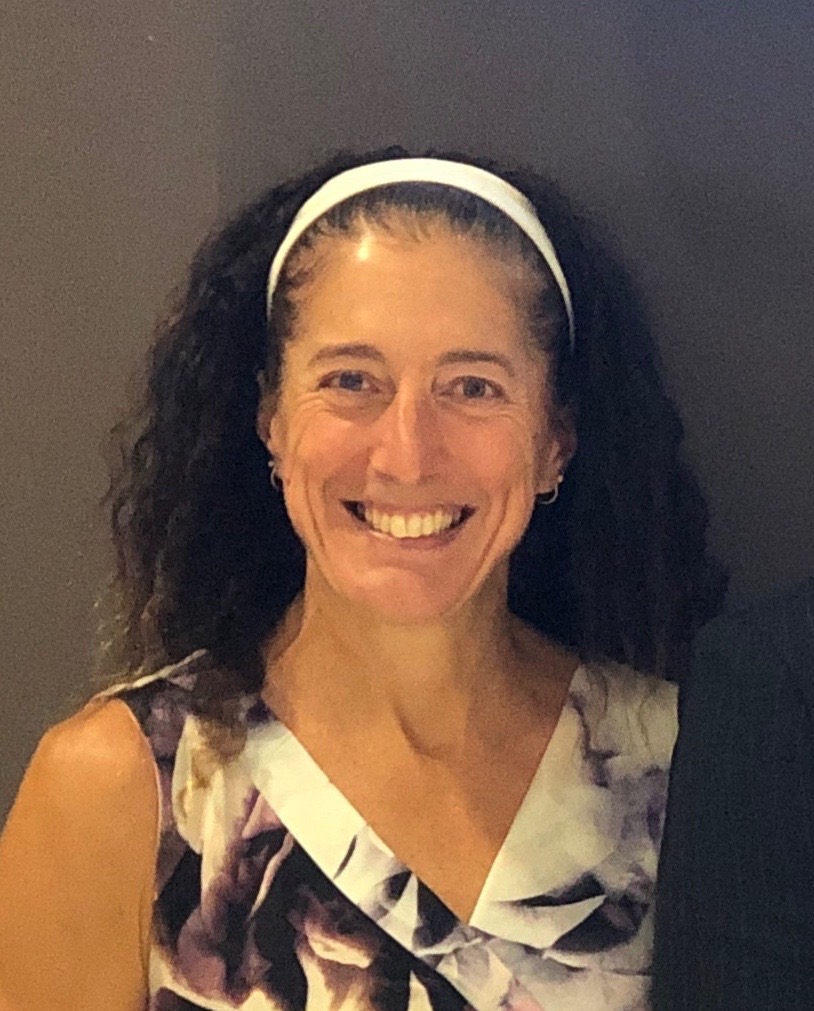Research in Australia has shown that eating dairy foods reduces the risk of falls and fractures, particularly hip fractures in older people.
Dr Sandra Iuliano, nutritionist at the University of Melbourne and colleagues carried out a trial in 60 accredited aged care homes in Victoria.

She said nearly one third of falls and hip fractures of people in the community occur in aged care homes.
Although most residents consumed enough vitamin D, their average calcium intake is less than 700mg per day and protein consumption is less than 1g/kg body weight.
She hypothesised that increasing both calcium and protein in the diet of elderly people might reduce the incidence of fractures.
Consumption of milk, yoghurt, cheese and other food rich in calcium has been shown to slow bone loss and improves insulin-like growth factor which helps protect muscles when protein is. In short supply.
The care homes agreed to supply their residents with either their usual diet or one enriched with dairy products. Each home had the same diet but the chosen diet was randomised between homes.
Participating homes housed about 7000 residents, 68 per cent female, average age 86. Most of the residents were able to walk unaided.
Half the trial participants in the control group consumed their usual menu with two serves of dairy (milk, cheese, yoghurt and skim milk powder) per day, while the intervention group increased their consumption to 3.5 serves/day, equivalent to 250ml of milk plus 20g cheese or 100g yoghurt.
The intake of this group became 1142mg calcium daily, and 12g protein, equivalent to 1.1g/kg body weight) daily.
A serving consisted in 250ml milk, 200g yoghurt or 40g cheese. Skimmed milk powder was incorporated in some dishes to increase the protein and calcium content. Butter, cream and ice cream were not counted as they contain little calcium or protein.
During the two-year term of the trial residents suffered 324 fractures (135 hip), 4302 falls and 1974 deaths from all causes. Of these, 121 fractures occurred in the intervention group and 203 in controls – a 33 per cent risk reduction.
The incidence of hip fracture was 1.3 per cent in the intervention group and 2.4 per cent in the control group – a 46 per cent reduction in risk.
Similar numbers of deaths occurred in each group.
All falls were recorded by incident reports and fractures were verified by x-rays and examination by medical-trained personnel.
Dr Iuliano said dairy foods are readily available, palatable and affordable food choices for older people.
“We have not done trials on other calcium and protein sources and I would love to get the funding from grain growers and horticulturists to do them,” she said.
“One of the problems in residential aged care is residents are often reluctant to eat unfamiliar foods, so we are limited in choice.
“The residents also have a limited appetite so we need to find foods with a sufficient concentration of calcium and protein that they are likely to consume enough for their needs.
“Vegans need to be very careful to combine their protein sources to ensure they are eating enough of all the essential amino acids,” she warned.
The research was published in the British Medical Journal in October 2021.































